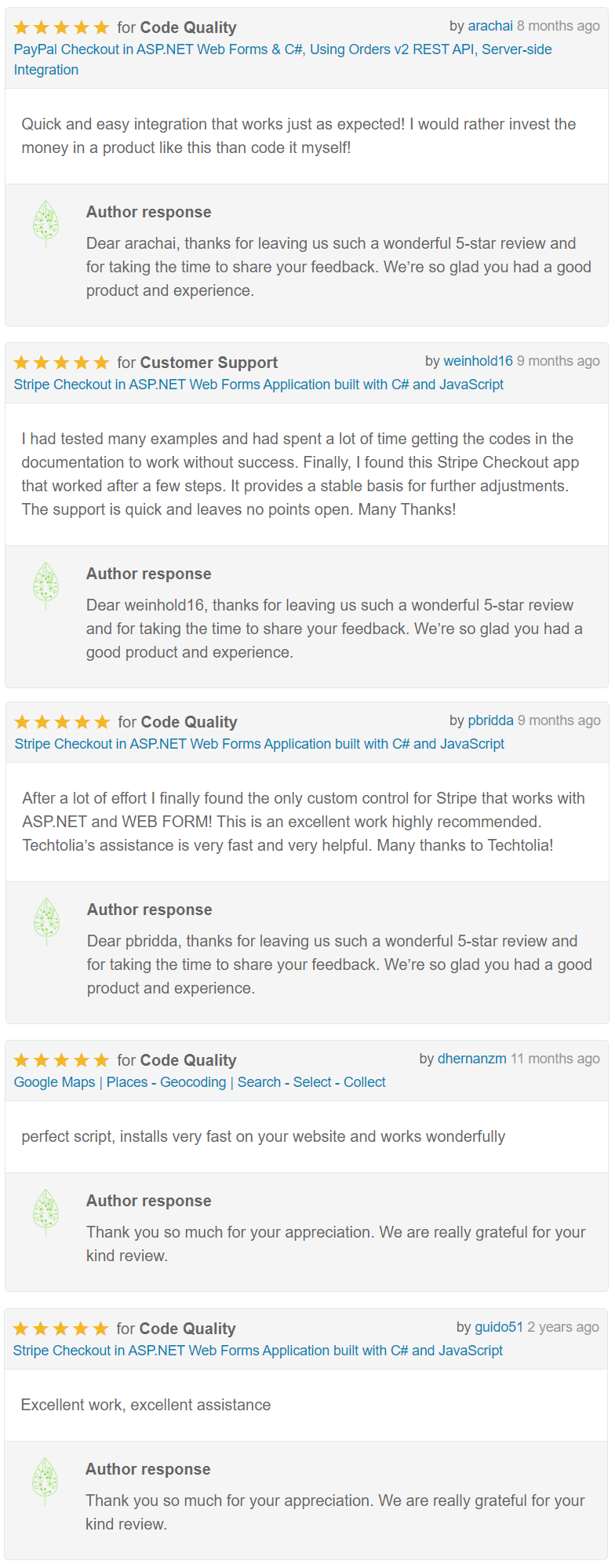
Integrating Google Maps APIs into your web forms transforms address collection by enabling precise location searches with autocomplete functionality. This module leverages Google’s powerful Maps JavaScript API, Places API, and Geocoding API to let users search for global addresses, cities, or administrative regions, then converts selections into structured data for your database. The solution handles all technical complexities so you can focus on utilizing accurate geographical information.
Core Functionality and Key Features
This integration turns standard address fields into intelligent search interfaces. As users type, the autocomplete feature predicts and displays relevant locations in real-time across multiple geographical levels:
- City-level identification – Recognizes localities and administrative_area3 entries
- Detailed regional breakdown – Processes sublocalities, postal codes, countries, and administrative areas 1-2
- Global coverage – Search across 200+ countries with localized place name variations
The system automatically extracts coordinates upon selection and converts them into human-readable addresses through reverse geocoding – eliminating manual entry errors while capturing precise latitude/longitude data.
Technical Architecture: Three Integrated APIs
The module combines Google’s mapping services into a seamless workflow:
Maps JavaScript API
Customize interactive maps with branded markers, terrain layers, and responsive design controls. Dynamically adjust map boundaries based on user searches and embed Street View imagery.
Places API
Power the autocomplete functionality with predictive place suggestions. Returns place names, addresses, and unique place IDs while filtering results by geographic bounds or specific country codes.
Geocoding API
Convert selected coordinates into structured address components (street, city, ZIP code) or transform existing addresses into geographic coordinates. Handles both forward and reverse geocoding with sub-meter accuracy.
Implementation Process
Add this to any web form in four steps:
- Include the Google Maps API script with your unique key
- Initialize the map container with desired zoom/center settings
- Attach the autocomplete widget to your search input field
- Configure the place_changed event listener to populate form fields
For checkout forms, implement boundary restrictions to limit searches to service areas. Use the strictBounds parameter combined with circular radius or rectangular boundary constraints.
Real-World Applications
This solution solves critical challenges across industries:
- E-commerce – Reduce shipping errors with verified addresses
- Service businesses – Validate service area eligibility during signup
- Data analytics – Generate heatmaps from collected coordinates
- Mobile apps – Implement consistent location workflows across platforms
For delivery services, add drive time calculations using the Distance Matrix API. Real estate platforms can display properties within map boundaries using the getBounds() method.
Technical Considerations
Optimize performance by:
- Caching frequently queried locations with localStorage
- Implementing debounce on search inputs to reduce API calls
- Setting realistic result limits (
maxResults: 5) - Monitoring usage against Google’s $200 monthly credit
Always include error handling for:
- Over-quota limitations
- Geocoding status responses (ZERO_RESULTS, INVALID_REQUEST)
- Network failure fallbacks
Customer Validation
Our solutions consistently receive top ratings for reliability:

Support ongoing development:
Explore more resources:
Access the live demonstration to experience the functionality: Google Maps Integration Demo




